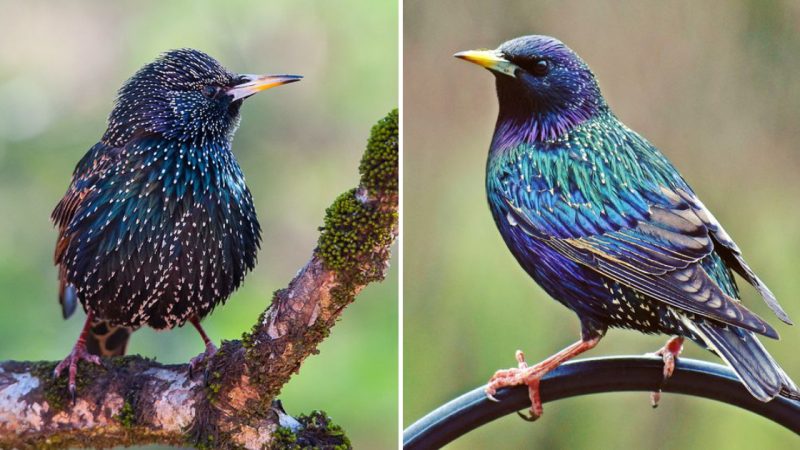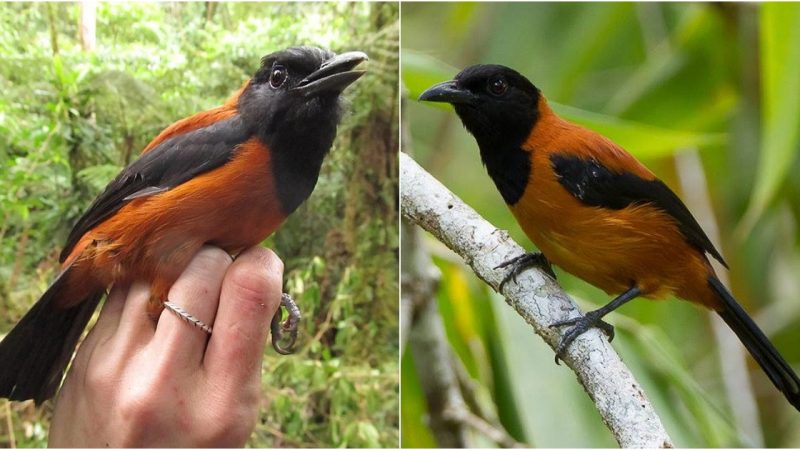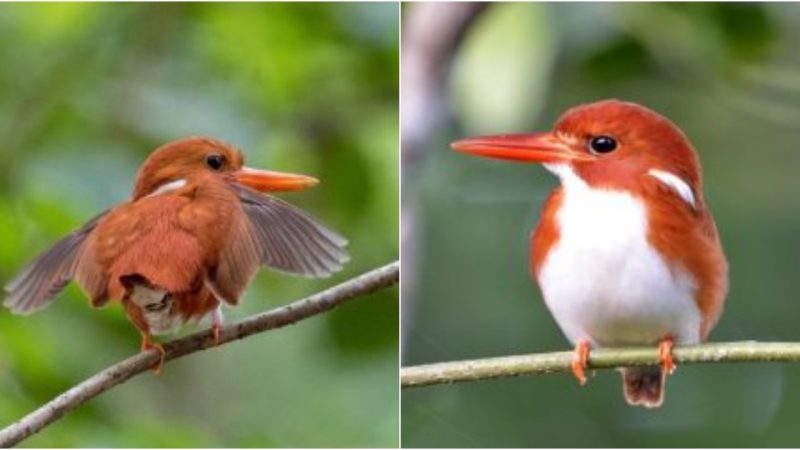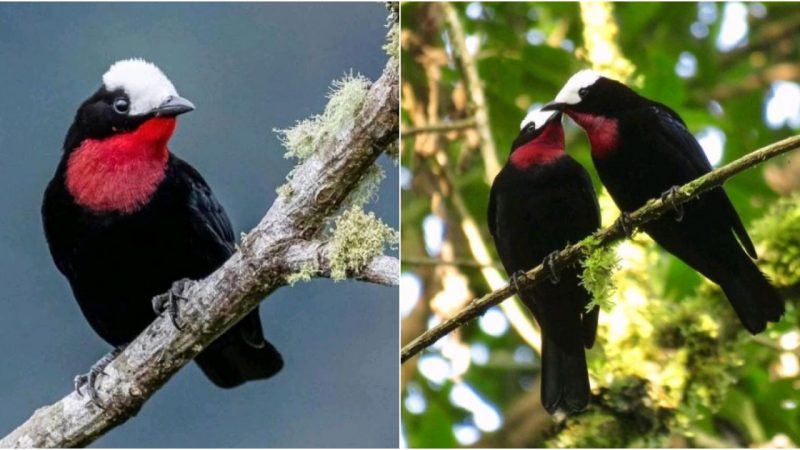A Glossy Shimmering Blue-Green Bird – The Magnificent Beauty of the Greater Blue-eared Starling
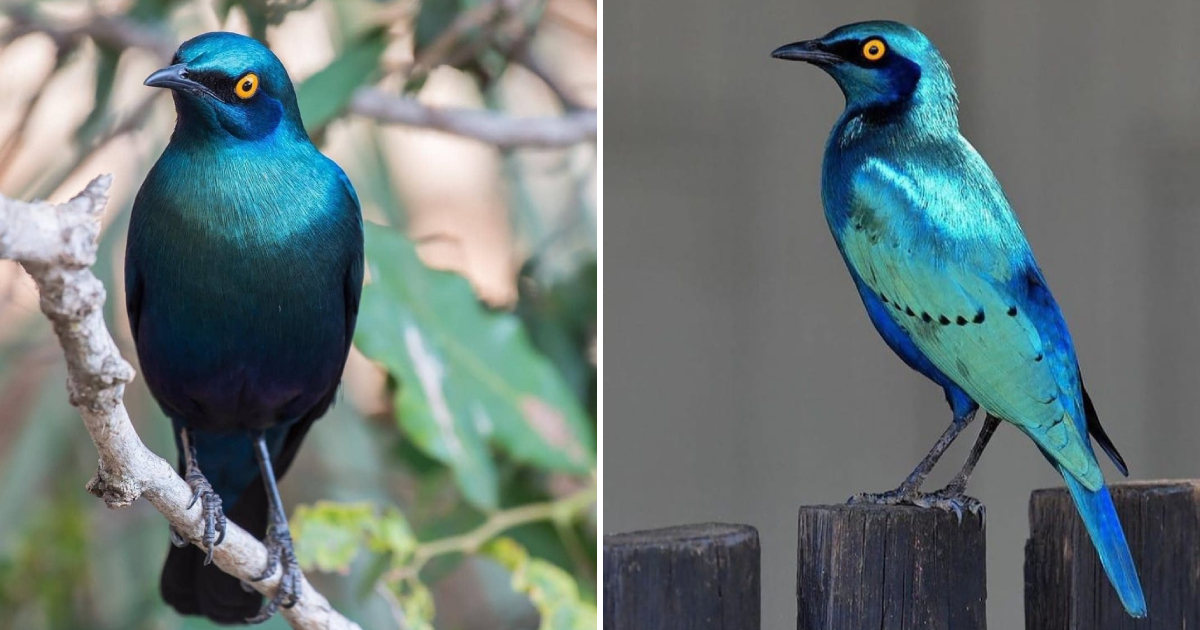
The Greater Blue-eared Starling, also known as Lamprotornis chalybaeus, is a stunning bird found throughout sub-Saharan Africa, from southern Mauritania and Senegal to Ethiopia, and from southern to northeastern South Africa and Angola.
This bird is a magnificent species with a remarkable plumage that leaves everyone in awe. It belongs to the Sturnidae family and is one of the most colorful members.

On average, they live for two to three years. They measure 8.5-9.5 inches in length and weigh between 2.7 and 5.6 ounces. Their wingspan ranges from 15 to 17 inches.
These starlings are easily identifiable. First, their upright posture, robust beaks, and short tails distinguish them from other starling species, and their vibrant colors are essential for recognition. In favorable lighting conditions, both males and females exhibit a glossy shimmering blue-green upper plumage with a metallic sheen. Their eyes are surrounded by a dark blue-black mask extending over their eye sockets. The wings are adorned with evenly spaced black spots, creating a sense of uniformity. The belly and sides have a bluish-purple hue, while the underparts are slightly darker. Depending on the angle and quality of light, the plumage of these birds can display varying shades or intensities of color. Their legs and feet are grayish-black, and their eyes are bright yellow or orange with dark irises.
Adult birds have iridescent feathers, whereas juveniles have duller brown-gray feathers. The irises may not be fully exposed initially as they are darker. The melodious calls, nasal sounds, and varied whistling notes are part of the raucous vocalizations of these large starlings. Their calls are typically shorter and more abrupt, but they can vary in length and style.
Greater Blue-eared Starlings can be found in various habitats, including open woodlands, riparian areas, dry savannas, and areas near human settlements such as cities and villages. They can be found year-round from Senegal and southern Mauritania in the west to Eritrea and Ethiopia in northeastern sub-Saharan Africa. Their range extends from Mozambique and Botswana in the south to northern Namibia and southern Angola in the east.
A small portion of their range migrates southward after the breeding season, particularly in Burkina Faso, Ghana, Togo, Benin, Nigeria, and northern Cameroon. They are sociable birds, often forming large flocks, which can make identification challenging. They are known to hybridize with other starling species. Larger flocks can be quite noisy due to their powerful voices and wide vocal range.
Greater Blue-eared Starlings are omnivorous, consuming whatever they can find. Insects, seeds, berries, fruits, small animals, and small reptiles are all part of their diet, and they may even sample various other items. These birds forage on trees or on the ground, and they prefer walking rather than hopping. They may even swoop down on large grazing animals (such as buffaloes and deer) to catch insects and parasites on their bodies.
These starlings nest in natural cavities or old nests of woodpeckers or weaver birds. They are also known to breed in open spaces within the nests of cormorants. Dry grass, feathers, and other nesting materials are used by both males and females to line the nest cavity.
Each breeding pair lays 2-5 greenish-blue eggs with darker brown or purple spots. The eggs are incubated by the parents for 13-14 days, and after hatching, both the male and female care for the nestlings for an additional 22-24 days. The young starlings are ready to leave the nest at that point, but they stay with their parents to learn about foraging locations and preferred food sources.
These birds often associate with livestock herds as they can find food by capturing insects on grazing animals.
Thank you for reading this article, and please share if you found it interesting!









